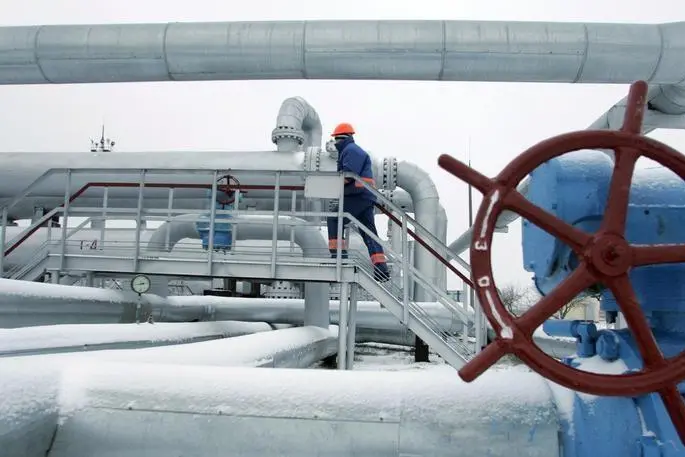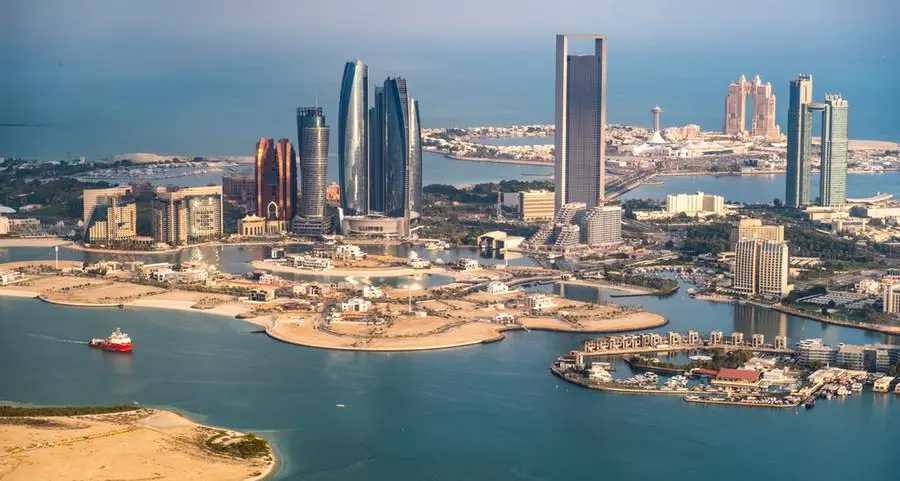PHOTO
(The opinions expressed here are those of the author, a market analyst for Reuters.)
LITTLETON, Colorado - Natural gas prices in Asia, Europe and North America have climbed by around 30% to 50% so far in 2024, and look set to keep rising over the coming months as forecasts for cold weather trigger higher heating demand in key consumer hubs.
Active restocking of rapidly-declining gas inventories in Europe and Asia should also spur strong gas demand, even if temperatures turn mild again in those areas.
That should ensure gas market sentiment remains broadly bullish until the upcoming winter is over, and that prices may have little scope to retreat until well into 2025.
High and rising gas prices in turn look set to raise power costs across key global markets, jeopardising fragile economic growth in China, Europe and elsewhere and raising fresh concerns about inflation.
Rapidly climbing gas-fired generation costs also raise the likelihood of higher generation by coal-fired power plants, which are already cheaper to run than gas-fired plants but generate around 55% more emissions per unit of power output.
COLD WINTER COMING
Higher gas-fired generation for heating across North America, Europe and North Asia is the main near-term driver of global gas prices.
Those regions account for over two-thirds of global gas use, and are all set to enter the peak period for heating demand over the coming months.
What's more, for the first time in years, average temperatures across the key gas markets of China, Japan and mainland Europe are all set to slip below long-term averages this month.
This will snap the recent run of relatively mild winter weather across those areas seen over the past couple of years, and will result in a synchronized rise in gas-fired heating demand that should further lift gas market prices and sentiment.
In Seoul, South Korea, average temperatures during December are set to average around negative 2.17 degrees Celsius (28 degrees Fahrenheit), compared to a long-term average of negative 0.7 degrees Celsius, according to LSEG.
Shanghai, Tokyo and Hong Kong are also set to record average temperatures of well below-normal this month.
The resulting rise in heating demand across those greater metropolitan areas - home to over 100 million people - will trigger faster burn rates of natural gas and coal, and an accelerated draw on power fuel stockpiles over the rest of 2024.
In Europe, a drop in temperatures to below-normal levels is also forecast this month, especially in the gas-heavy power markets of Italy and Germany, according to LSEG.
STOCKS DRAW
The pick-up in gas use across Europe has already triggered a speedy drawdown in the region's natural gas stockpiles.
Between October 1 and the end of November, cumulative gas inventories held in Germany, the Netherlands, Belgium and France declined by 11%, according to LSEG.
That compares to relatively flat gas inventories over that period in 2023, a 3.5% rise in gas stocks in 2022, and an average draw of only 2% over that period since 2017.
The absolute level of collective gas stocks in those countries as of December 1 is also the lowest for that date since 2021, which was before Russia's invasion of Ukraine led to cuts in pipelined gas flows to the region.
As a result, power firms will be under pressure to try to rebuild those inventories over the coming months even as they increase gas burn-rates due to rising heating demand.
In the United States, current natural gas inventories are the highest in over five years, according to the U.S. Energy Information Administration.
However, they are also on the cusp of the traditional draw-down period when stockpiles decline by an average of 9% over the final five weeks of the year.
This means that even the apparently abundant gas stocks held in the U.S. will tighten significantly heading into 2025, and will further underpin gas market sentiment.
FUEL SWITCHING
Many power systems across Asia have the leeway to burn more coal instead of gas to meet the higher heating demand, and will opt to do so if the cost of gas-fired generation rises too far above coal generation.
In Japan, the cost of spot liquefied natural gas (LNG) is already around 44% above the average coal-to-gas switching price, and means that coal-fired power producers will be incentivized to raise output faster than gas-fired producers.
Power firms in China, South Korea and other parts of Asia that also have the flexibility to use either gas or coal for generation will also likely opt to raise coal output faster.
That could trigger a slowdown in the pace of gas use in Asia, and set the stage for potential price pull-backs in Asian markets.
However, rising gas demand by power firms in Europe will likely more than offset any demand drops in Asia, and ensure that global gas prices remain relatively well supported through the coming winter.
That means that even though many key natural gas markets have already climbed by 50% already this year, more price increases are likely coming.
The opinions expressed here are those of the author, a market analyst for Reuters.
(Reporting By Gavin Maguire; Editing by Lincoln Feast.)























